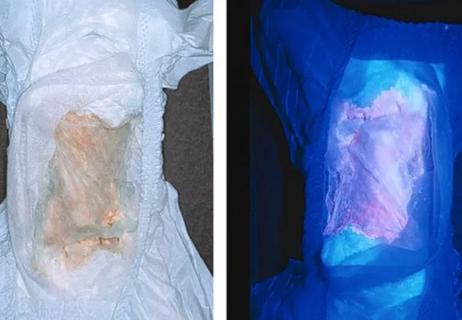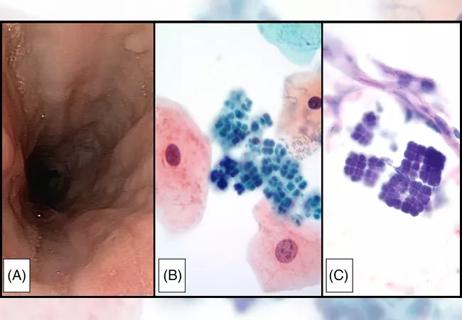Rapid transformation encourages new education model
In just the past decade or two, healthcare has undergone tremendous change: Electronic medical records, robotic surgery, advanced diagnostics, telemedicine, genomics and big data – not to mention the Affordable Care Act – have all had incredible impact on the practice of medicine.
Cleveland Clinic is a non-profit academic medical center. Advertising on our site helps support our mission. We do not endorse non-Cleveland Clinic products or services. Policy
All this change has been rapid and unrelenting. By necessity, it has forced us to rethink the way we educate the next generation of doctors.
While medical schools will always focus heavily on biomedical and clinical sciences, the modern practice of medicine goes beyond the sciences, as healthcare becomes more patient-centered, data-driven, outcomes-focused, evidence-led and value-oriented.
If doctors-in-training are to treat patients effectively, they need to understand these new realities.
The changes begin with the most fundamental aspects of healthcare – identifying and treating disease. Increasingly, treatment decisions will be directed by big data, checklists and algorithms. Supercomputers like IBM’s Watson will assist in crunching patient data to cross-check every conceivable option. Checklists and algorithms will create “care paths” to lead doctors and patients to evidence-based treatments. And genomics will guide personalized healthcare decisions based on a patient’s unique genetic profile.
Change is underway even in the matter of where and by whom healthcare is provided. Some basic services are moving out of doctors’ offices and into drugstores and grocery stores. Physician assistants and nurse practitioners are taking on a larger portion of care. Care is increasingly being delivered via online communication between doctors and patients.
To meet these new demands, Cleveland Clinic and Case Western Reserve University have designed a new education facility on Cleveland Clinic’s campus that will bring together 2,500 students from four entities: Cleveland Clinic Lerner College of Medicine, the Frances Payne Bolton School of Nursing and Case Western Reserve University’s School of Medicine and School of Dental Medicine.
This bringing together of the medical, dental and nursing schools will help students from all disciplines understand that healthcare is not an individual sport. They will recognize from their earliest training that it requires a team of caregivers – doctors, nurses, physician assistants and sometimes dentists. Traditionally, these caregivers rarely crossed paths until meeting in a patient care setting. If they’ll be working together someday, though, it only makes sense to educate them together now.
Curricula at the new Health Education Campus will emphasize collaboration, with students studying side by side in environments that duplicate those where they will eventually practice. Public areas and extracurricular activities will promote interaction among the different schools.
The campus will combine classrooms, clinical dentistry spaces and high-tech simulation labs. The latter will feature simulators that look like patients and can mimic heart attacks, strokes, fevers and other important symptoms. Simulators can even give students firsthand experience with procedures under rare or challenging circumstances, such as installing a central line in a patient during a bumpy helicopter ride.
That’s just the beginning. The campus will be designed to accommodate future advancements. Several committees are already considering various innovations and how they may – or may not – fit into the curricula, such as:
While healthcare continues to embrace technology, Cleveland Clinic and Case Western Reserve University are not losing sight of the human element. In fact, the most common medical procedure is communication: Physicians are estimated to have more than 200,000 patient interactions over a lifetime, yet the art of communication is rarely taught in medical school.
In short, educating future generations of caregivers requires more than the traditional biological, medical and clinical aspects of healthcare. As we said when we unveiled our Health Education Campus vision in 2013, “Preparing tomorrow’s physician leaders demands a combination of innovative teaching, technology and teamwork. It requires understanding not only the science of medicine, but its policy, economics … and humanity.”

The relationship between MTHFR variants and thrombosis risk is a complex issue, but current evidence points to no association between the most common variants and an elevated risk

Pathophysiology, clinical features and disease management

How should you proceed?

LARGE-PD aims to bring personalized medicine to bear for neglected population

Stewardship and interpretation the difference between revolutionary and dangerous

A pharmacogenomics clinical specialist urges caution

A guide for physicians

How do we get there? A look at review of the evidence to-date